Designer Carlo Ratti Associati has unveiled the “Feel the Peel”, a combo orange juicer/3D printer that makes bioplastic cups out of leftover orange peels.
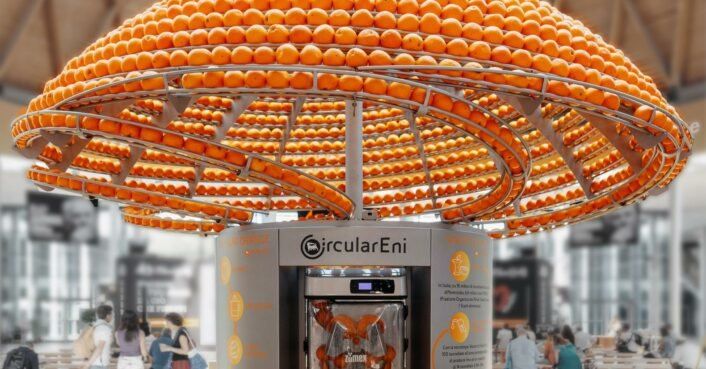

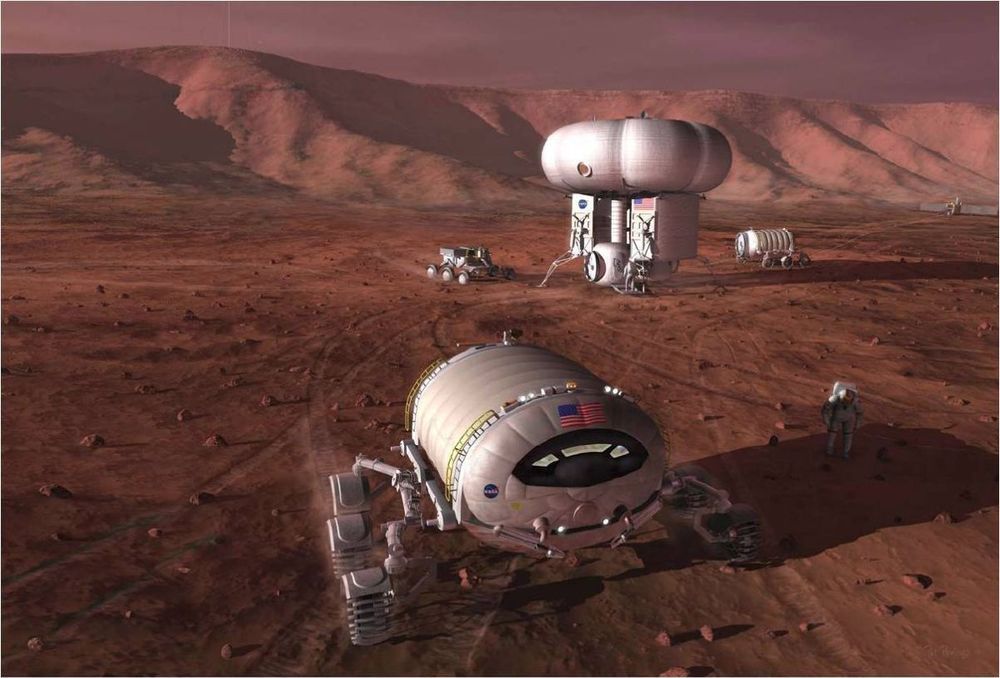
This article was originally published at The Conversation. The publication contributed the article to Space.com’s Expert Voices: Op-Ed & Insights.
The entire Apollo 11 mission to the moon took just eight days. If we ever want to build permanent bases on the moon, or perhaps even Mars or beyond, then future astronauts will have to spend many more days, months and maybe even years in space without a constant lifeline to Earth. The question is how would they get hold of everything they needed. Using rockets to send all the equipment and supplies for building and maintaining long-term settlements on the moon would be hugely expensive.
This is where 3D printing could come in, allowing astronauts to construct whatever their lunar colony needed from raw materials. Much of the excitement around 3D printing in space has focused on using it to construct buildings from lunar rock. But my research suggests it may actually be more practical to use this moondust to supply lunar manufacturing labs turning out replacement components for all sorts of equipment.
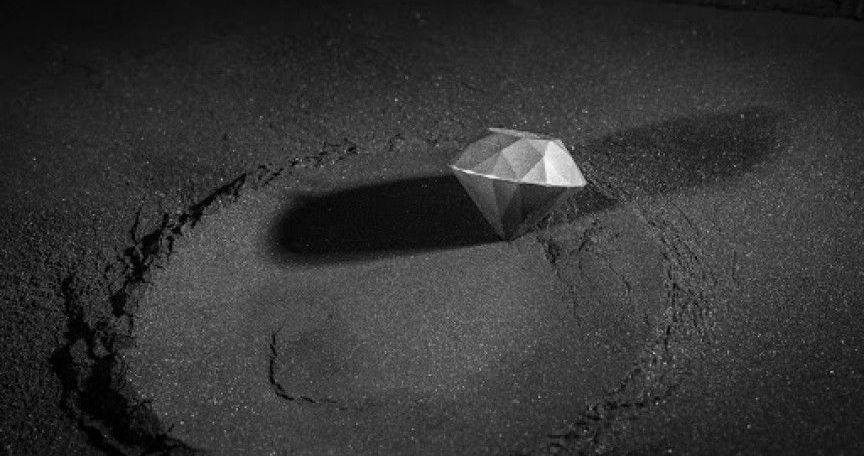
Anders Ohlsson Delivery Manager at Sandvik Additive Manufacturing, shared his excitement for the new process in the Sandvik press release stating, “On seeing its potential, we began to wonder what else would be possible from 3D-printing complex shapes in a material that is three times stiffer than steel, with heat conductivity higher than copper, the thermal expansion close to Invar – and with a density close to aluminum.”
Today we are taking a look at how Sandvik created the first-ever 3D printed diamond composite.

The current menu of space-friendly foods uses processing and water-reduction strategies to make these meals shelf stable. For example, a shrimp cocktail, mashed potatoes, and strawberries can be freeze dried; beef stew, candied yams, and brown rice can be thermostabilized; beef steak and turkey can be irradiated; and brownies, bread products, and beverage powders can be brought up in a low-moisture or dried form.
As tasty as this feast sounds, this packaged food system does not meet the five-year shelf life required for a Mars mission, nor will it feed generations there in the years to come. How will space food therefore have to change if we are ever to colonize other planets?
Using existing space technologies, it will take up to 32 months to travel to Mars. How can you feed a crew for that three-year trip?
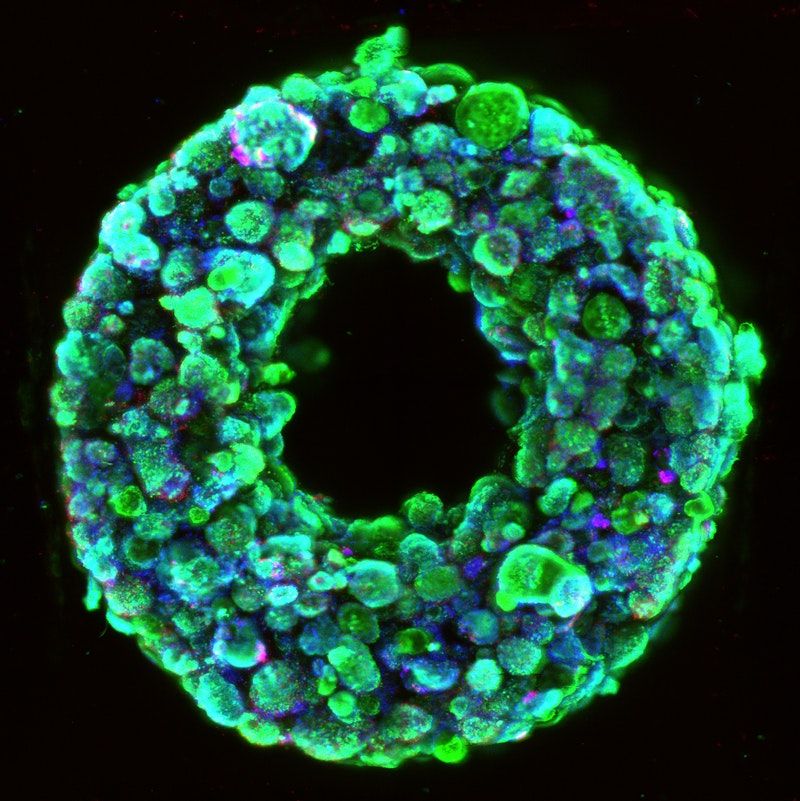

AMAZING STUFF, 3D printing is revolutionizing medical and technological science… Respect AEWR wherein we have found the causes and a cure for the pandemic plague mankind has called natural aging when it is the reverse the most unnatural thing on earth to do is age and die. Proven long ago by Science sitting waiting for us to pick it up in the established data of mankind’s humanities… We search for partners-investors to now join us in agiongs end… r.p.berry
The Chicago-based biotech company BIOLIFE4D announced today that it has successfully 3D-bioprinted a mini human heart. The tiny heart has the same structure as a full-sized heart, and the company says it’s an important milestone in the push to create an artificial heart viable for transplant.
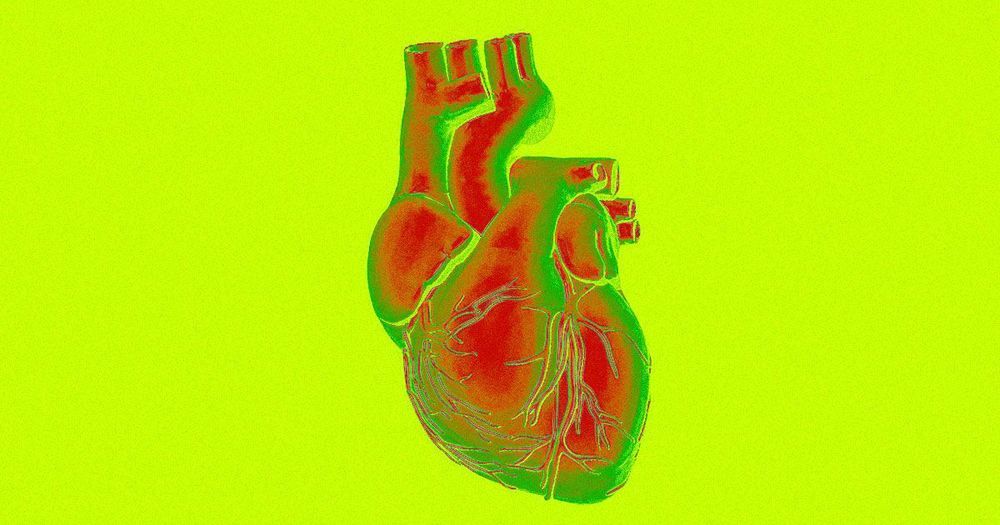
Go modular or even get an upgrade:
A team of researchers from Carnegie Mellon University just 3D printed functional components of the human heart — including small blood vessels and large beating ventricles.
“We now have the ability to build constructs that recapitulate key structural, mechanical, and biological properties of native tissues,” said Adam Feinberg, a professor at Carnegie Mellon and the co-founder of 3D printing company FluidForm, which built the tech the team used, in a statement.
Lub Dub
Printing tissues capable of functioning like the real thing is particularly challenging. Complex shapes have to be supported as they’re being printed or otherwise they begin to sag. The team solved this issue, according to a paper published in the journal Science today, by printing scaffolds from a temporary support gel.
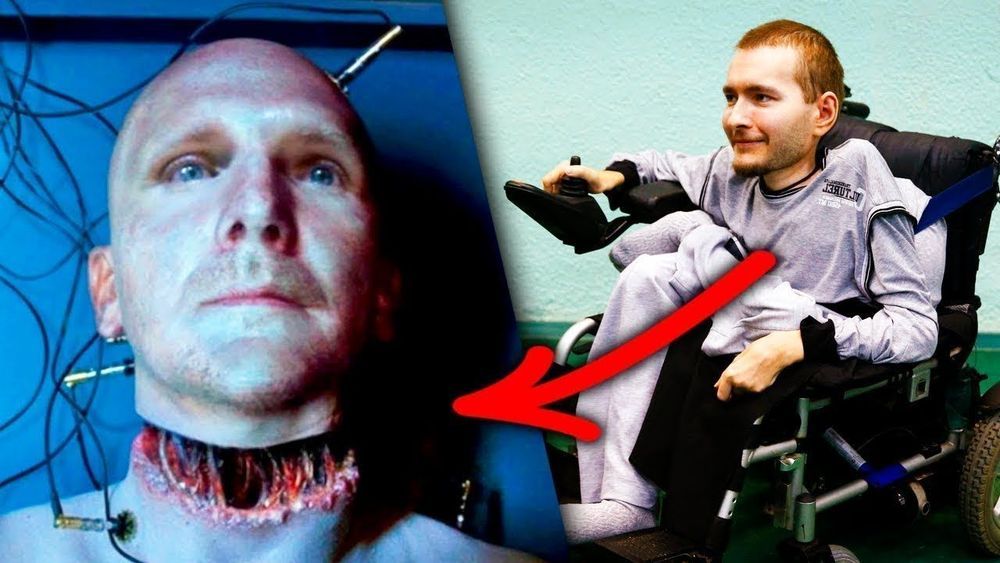
https://youtu.be/-IaYan29BxY
This is interesting because it has today type applications, but I wonder, what about a 3D printed body? Remember the movie Starship Troopers when they repaired that guy’s leg in the water tank thing? I’ve seen similar devices in other movies. Could be easier than removing the head completely and safer, when the ability to print human tissues is feasible.
GUYS HOPE YOU LIKE THE VIDEO PLEASE LIKE AND SUBSCRIBE TO MY CHANNEL AND HIT THE BELL ICON.
And if you have any question related to the video then please comment down below.